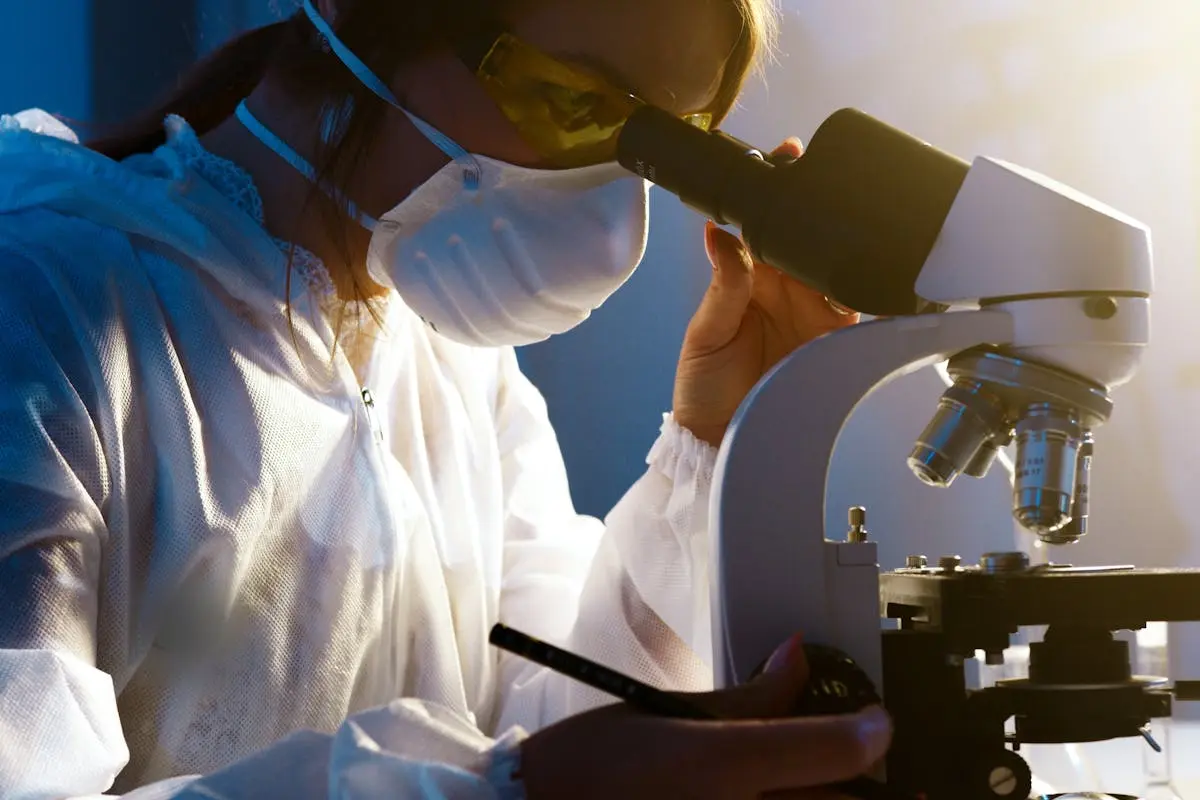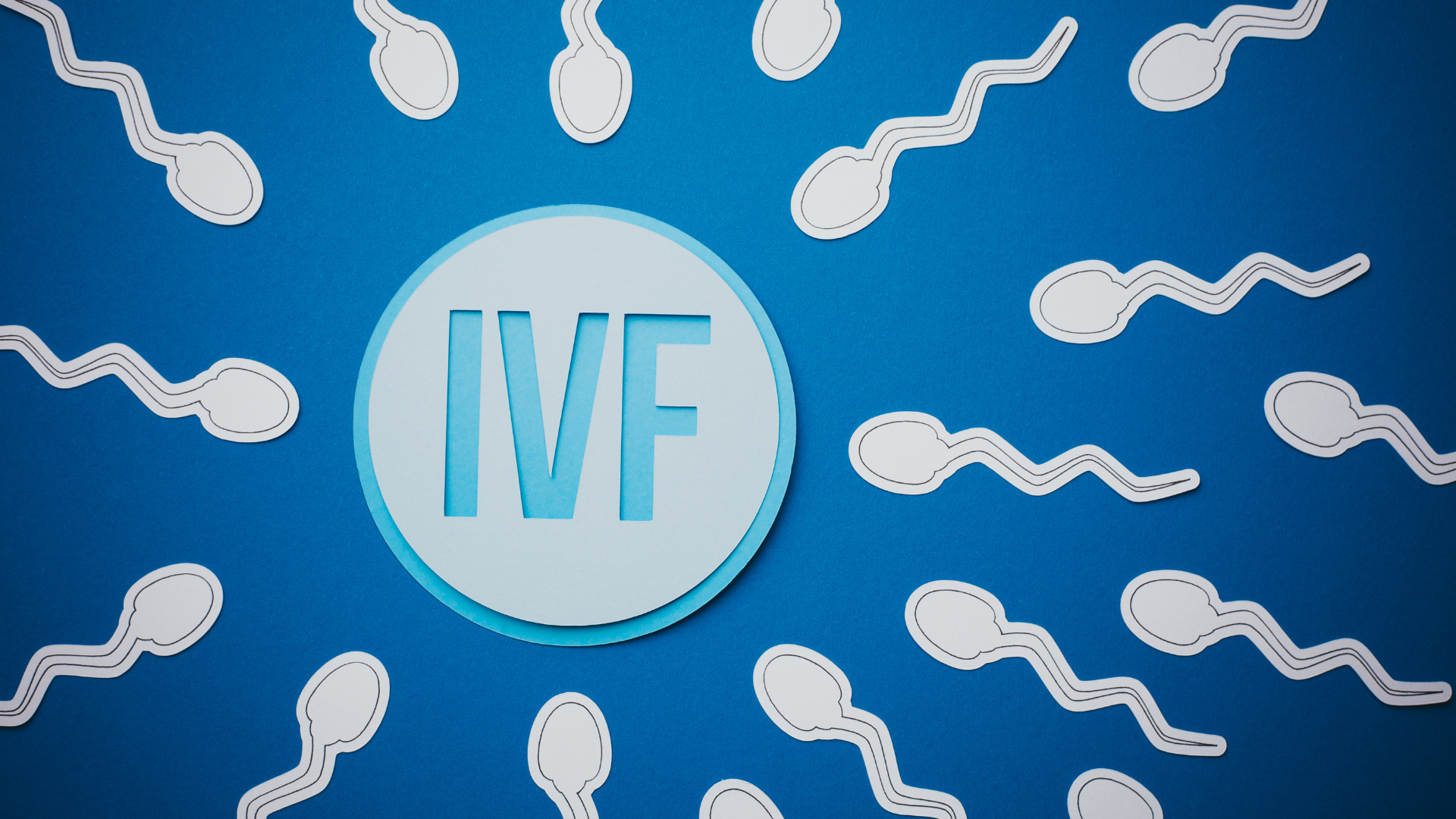Introduction
Hey there, future Clinical Laboratory Scientists! If you’re curious about what it’s really like to work in a lab, you’ve come to the right place. Today, I’m going to take you behind the scenes and show you a day in the life of a Clinical Laboratory Scientist (CLS). Get ready for an insider’s look at the ups, downs, and everything in between. I’ve been in the field for several years, and I’m excited to share my experiences and tips with you.
Morning Routine: Starting the Day
My day starts bright and early, usually around 7:00 AM. The first thing I do when I arrive at the lab is grab a cup of coffee—trust me, you’ll need it! Then, it’s time to set up. This involves calibrating our equipment and performing quality control checks to ensure everything is running smoothly. These steps are crucial because accuracy is everything in our field. A slight calibration error can lead to incorrect results, which could have serious implications for patient care.
Once the equipment is ready, I prioritize my tasks for the day. This often means checking which samples have come in overnight and determining which ones need to be processed first. Urgent cases, like those from the emergency room or ICU, always take top priority
Sample Collection and Processing
Receiving samples is a constant part of the job. We get samples from various departments—emergency, outpatient, inpatient, you name it. Each sample must be carefully logged and labeled to prevent mix-ups. This is a meticulous process that requires a lot of attention to detail.
I remember my first week on the job, I mistakenly logged a sample under the wrong patient ID. Thankfully, I caught the error before any tests were run, but it was a lesson learned early on about the importance of double-checking everything.
After logging, it’s time for an initial assessment. We check each sample for quality and suitability for testing. This means looking for signs of contamination or degradation. If a sample isn’t up to par, we’ll need to request a new one, which can be a bit of a hassle for both us and the healthcare providers waiting on results.
Conducting Tests and Analyzing Results
Now comes the core of our work: running tests. Common tests include complete blood counts (CBCs), blood chemistries, and cultures. Each type of test requires different techniques and equipment. For example, blood chemistries might be run on an automated analyzer, while cultures require manual plating and incubation.
Using the equipment can be daunting at first, but you’ll get the hang of it with practice. When I was new, the sheer variety of machines was overwhelming. I spent extra time after hours getting familiar with each one, and it paid off in the long run.
Analyzing the results is where your analytical skills really come into play. You need to interpret the data accurately and ensure there are no errors. This means verifying the results and sometimes running additional tests to confirm findings. I once had a case where a patient’s potassium levels were abnormally high. After rerunning the test and checking for sample contamination, we discovered it was due to hemolysis (the breaking down of red blood cells), which can artificially elevate potassium levels. Identifying this issue prevented an incorrect diagnosis and treatment plan.
Troubleshooting and Problem-Solving
Not everything goes smoothly all the time. Equipment malfunctions and sample issues are part of the job. I recall a day when our primary hematology analyzer broke down right in the middle of a busy morning. We had to switch to our backup analyzer, which was slower and less efficient. It was stressful, but we managed by staying calm, communicating effectively, and working as a team.
Sample issues are also common. Sometimes samples are contaminated, mislabeled, or simply unusable. When this happens, we need to troubleshoot and find solutions. This might involve contacting the nurse or doctor who collected the sample to understand what went wrong and how to prevent it in the future.
Collaborating with Healthcare Teams
One of the most rewarding parts of being a CLS is collaborating with other healthcare professionals. We’re in constant communication with doctors and nurses, providing them with the critical information they need to diagnose and treat patients. This often involves discussing test results and advising on additional testing.
I remember a particularly challenging case involving a young patient with a mysterious infection. The initial tests were inconclusive, so I worked closely with the infectious disease team to run a series of specialized tests. After a few days, we identified a rare pathogen, allowing the doctors to start the correct treatment. It was a great example of teamwork and the vital role we play in patient care.
Quality Control and Assurance
Quality control (QC) is a huge part of our daily routine. We run QC checks on our equipment and processes to ensure everything is working correctly. This involves running control samples with known values and comparing them to expected results. If something is off, we troubleshoot and fix the issue before running patient samples.
Accurate documentation is also essential. Every test, result, and QC check needs to be recorded meticulously. This documentation not only ensures traceability but also helps maintain compliance with regulatory standards. Keeping up with all this paperwork might seem tedious, but it’s crucial for maintaining the integrity of our work.
Continuous Learning and Staying Updated
The field of clinical laboratory science is constantly evolving. New technologies and techniques are developed all the time, so continuous learning is essential. I make it a point to attend workshops and conferences whenever possible. These events are a great way to learn about the latest advancements and network with other professionals.
Professional development doesn’t stop there. Many labs offer training opportunities and encourage staff to pursue additional certifications. I took advantage of these opportunities early in my career, which helped me gain valuable skills and advance more quickly.
Work-Life Balance and Coping with Stress
Balancing work and life can be challenging in any healthcare job, and being a CLS is no exception. The work can be stressful, especially when dealing with high-stakes cases or equipment failures. Managing this stress is vital for your well-being.
Effective time management is key. Prioritize tasks and set boundaries to ensure you don’t become overwhelmed. I’ve found that taking short breaks throughout the day helps me stay focused and reduces stress. After work, it’s important to unwind and recharge. For me, this means spending time with family, exercising, or indulging in a good book.
Having a support system is also crucial. Colleagues can provide a great source of support and camaraderie. Don’t hesitate to reach out to your team when you need help or just someone to talk to. Outside of work, having friends and family who understand the demands of your job can make a big difference.
Conclusion
So there you have it—a real look at the day in the life of a Clinical Laboratory Scientist. It’s a job that requires dedication, precision, and a willingness to tackle challenges head-on. But it’s also incredibly rewarding. Knowing that your work directly impacts patient care and outcomes is a powerful motivator.
If you’re considering a career as a CLS, or if you’re just starting out, I hope this glimpse into our daily routine has been helpful. Remember, every day is an opportunity to learn and grow. Embrace the challenges, celebrate the successes, and keep pushing forward. Your journey as a Clinical Laboratory Scientist is just beginning, and the possibilities are endless.
Additional Resources
- Professional Associations: Join organizations like the American Society for Clinical Laboratory Science (ASCLS) or the American Association for Clinical Chemistry (AACC).
- Further Reading: Check out books like “Clinical Laboratory Science Review” by Patsy Jarreau for exam prep.
- Online Forums and Communities: Websites like LabTestsOnline and professional groups on LinkedIn offer valuable insights and networking opportunities.
Good luck, and welcome to the exciting world of clinical laboratory science!
- The CLS Connect Team!


